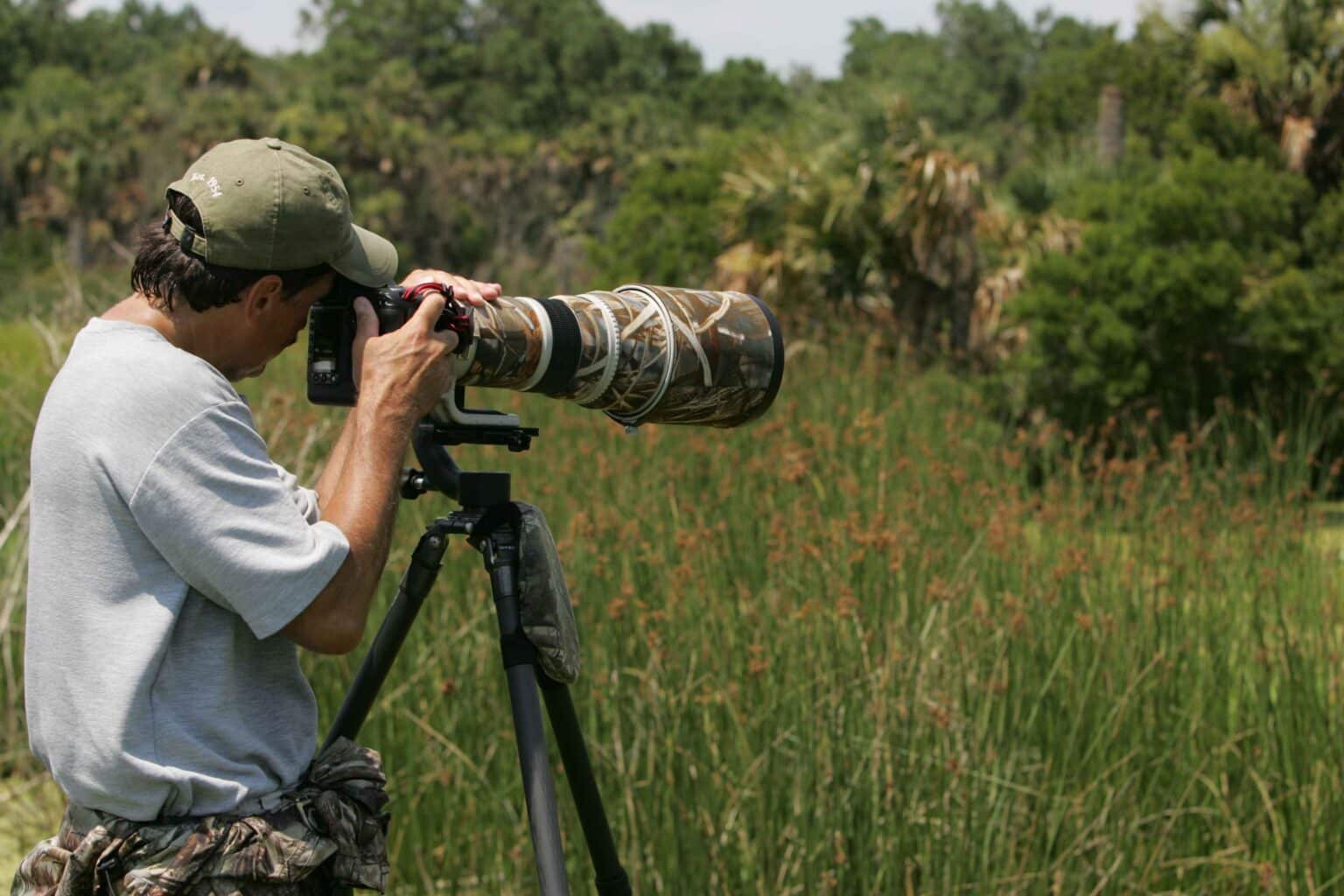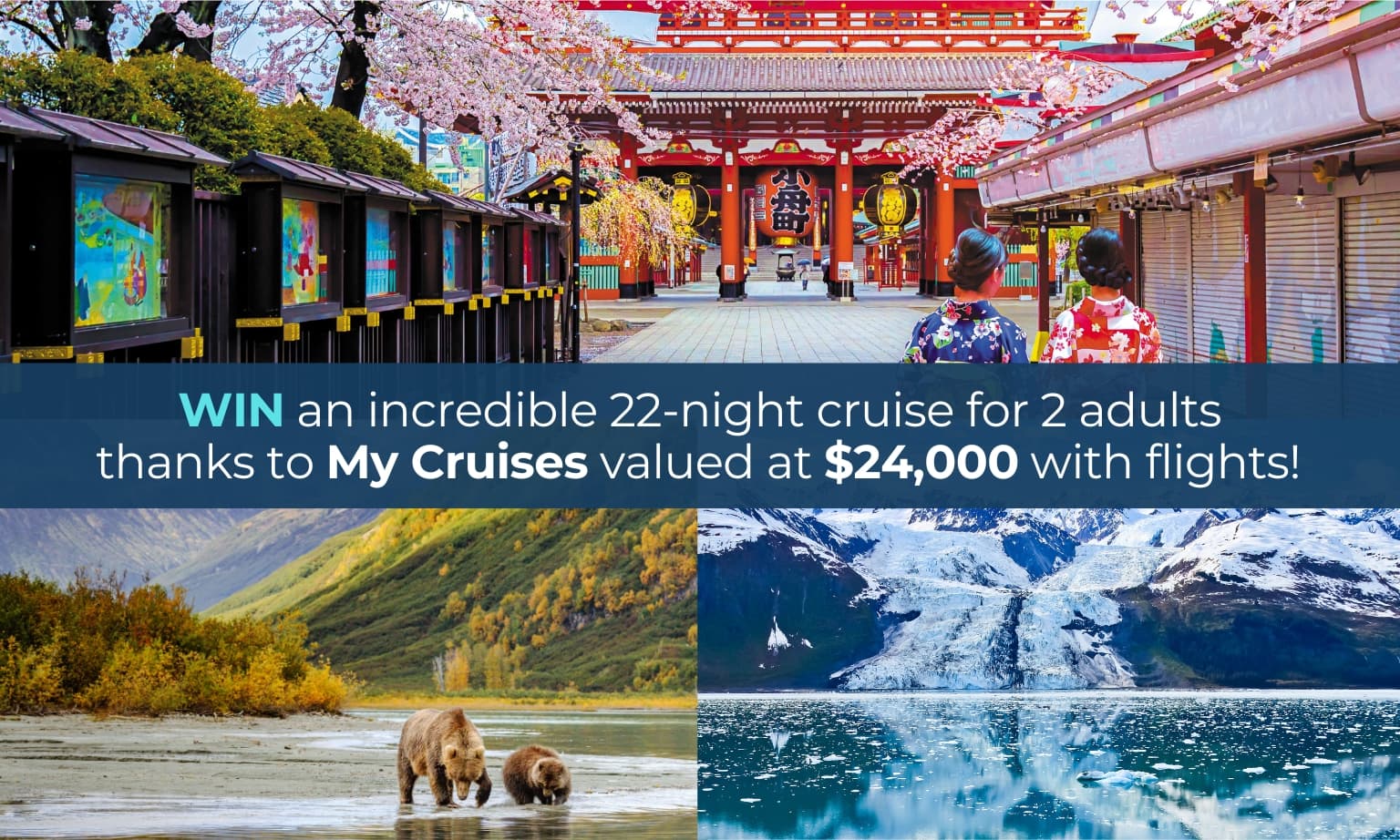Adventure cruising takes passengers to the most jaw-dropping scenes on our planet. There is nothing quite like your first encounter with a seal or polar bear. Of course, you want to record the magic and share.
But while the age of digital photography has many benefits, there is also a drawback: because you can point and shoot, many of us do just that. Again and again. Without composure or thought. The results are often bitterly disappointing.
Recently I joined a Lindblad photographic expedition in the Galápagos Islands, a paradise for wildlife photographers.
I asked Canon to lend me a camera for the job – telling them I was certainly no expert. They sent back the SX700, an ultra compact which they describe as “ideal for capturing your special moments”.
Cnet.com, the online reviewing site, says
this model costs from $299. It waxes lyrical about its “excellent shooting performance and daylight photo and video quality”, though does caution “its low light (high ISO) photos could be better, and you’ll
need an extra battery”.
Feeling well armed, I set off with the expert naturalist-photographers.
The instruction was entertaining and hands-on and continued throughout the
trip, on the islands we visited and in recaps every evening.
After an introductory presentation, passengers were divided into three groups for practical workshops: one for advanced Nikon and Canon owners, one for digital SLR operators and one for point-and-shooters (that would be me).
I learned to turn off the digital zoom (because it’s not the true optical zoom and can result in blur); get to know the manual settings (like most people, I hadn’t read the overwhelming instructions); adjust the “diopter” to suit your eyesight if your camera has a viewfinder (mine didn’t – and I sorely missed one); turn the built-in flash off (it tends to over-expose photos); and when in manual mode, adjust the aperture and shutter speed, depending on whether you’re focusing on something close up or far away.
The photographers, two of whom work for National Geographic, emphasised that it didn’t matter what equipment or experience we had, they were there to help us learn more and take better photos. Looking at some
of my snaps, I am pretty proud of them. While I’m certainly no professional, I came away with a new interest and improved skills.
Ky Chow, a photo-journalist who was on the same trip – you can see some of his photos on these pages – was equally enthusiastic. He uses a Sony Alpha SLT-A65 DSLT, with A-mount lenses: a Tamron 18-250mm zoom lens, plus Sony’s 35mm and 50mm prime lenses. Ky says, “It’s an enthusiast/advanced amateur level 24 megapixel DSLR that we use at the Financial Review for stills and video.
“I’m a reasonably experienced enthusiast photographer and benefited enormously from the tips given by the National Geographic photographers. They gave us useful tips on technique such as composition and exposure, but also helped us think more creatively, and even gave useful and simple ways to manage the hundreds of photos we took.
“There’s no doubt at all that my photos were a lot better thanks to their advice, both on board the vessel and during our expeditions on shore.”
My lessons from the best wildlife photographer








